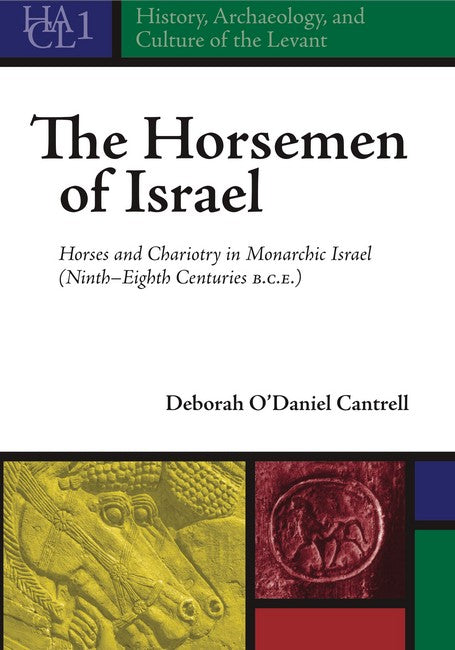Abbreviations
Introduction
Background
Modern Horsemanship
Ancient Scholarship
Current Scholarship
Historical Setting
Biblical Text
Chronology Matters
Horse-Related Architecture
Contents
The Nature of the War-Horse
The Sights of Battle
The Noise of Battle
The Smells of Battle
The Sex of the War-Horse
The Horse in Battle
The Limitations of the Horse in Battle
Killing a Horse in Battle
Horses in Iron Age Israel and Judah
Kurkh Monolith
Tel Dan Stele
Hebrew Bible Texts
Captured Horses
Horse Trading
Horse Prices
Horse Breeding
Size and Breed of Horses
Economic and Practical Considerations
Religious Concerns
Chariotry in Iron Age Israel
Origin of Monarchic Chariotry
Suitability for Chariotry
Topography
Short Distances
Chariot Cost, Manufacture, and Repair
Chariots in Battle
Architectural Advances for the Israelite Chariotry
Six-Chambered Gates
Chambered Gate Dimensions
Stables of Israel: The Case of Megiddo
Stabled Horses
Feeding Troughs
Feeding Regimens
Water Systems
Tethering Holes
Stall Floors
Removal of Horses from Stalls
Presence of “Only” One Exit from the Stable
Stabling of Stallions
Lack of Horse Paraphernalia at Megiddo
Lack of Horse Bones at Megiddo
Lack of Horse Teeth at Megiddo
Ventilation
Training Considerations
Jezreel Military Headquarters and Cavalry Depot
Summary
Warfare in Iron Age Israel
Aramean Invasions
Assyrian Invasions
Egyptian Invasions
Invasion of Moab (2 Kings 3)
From Chariotry to Mounted Combat
Conclusion
Indexes

